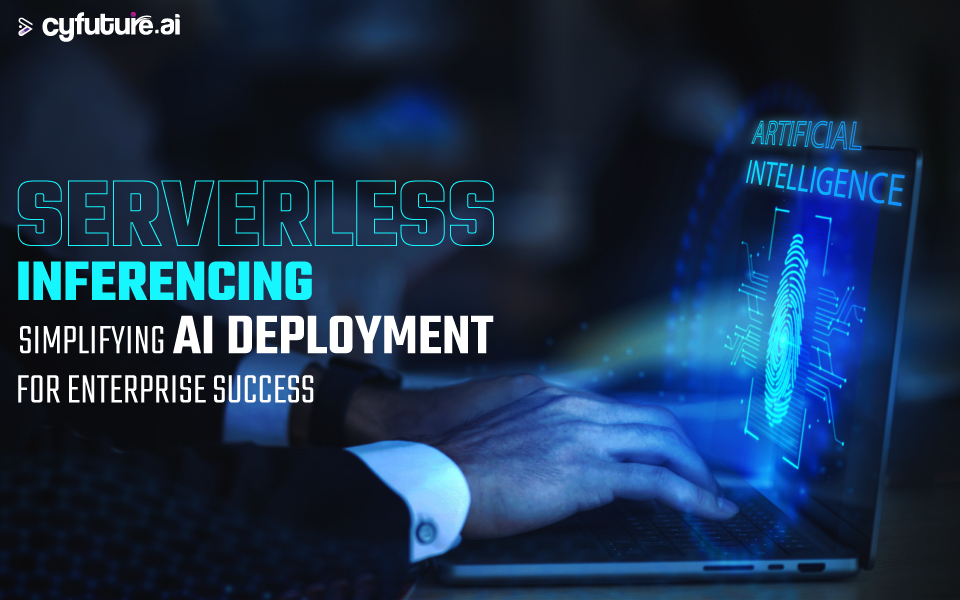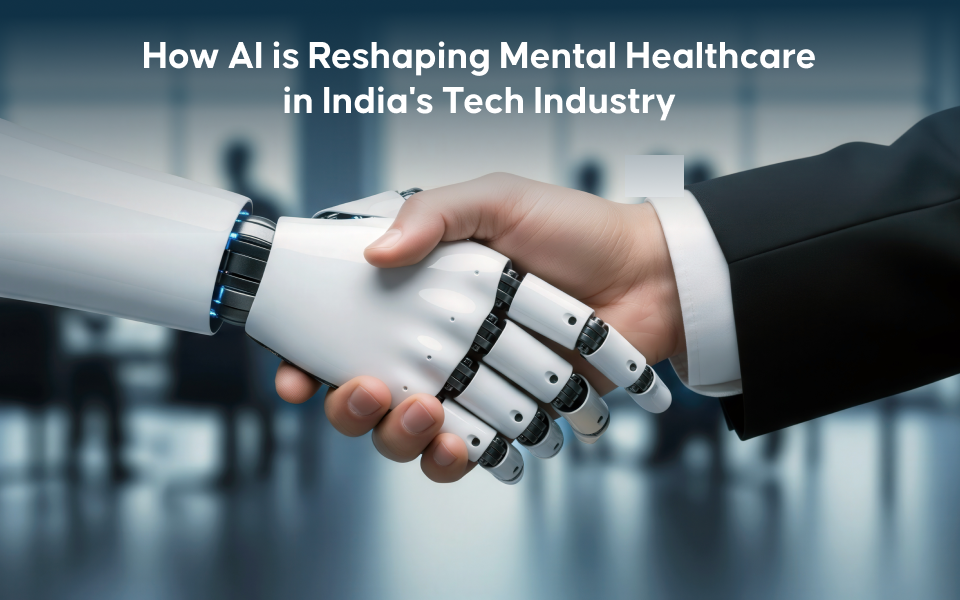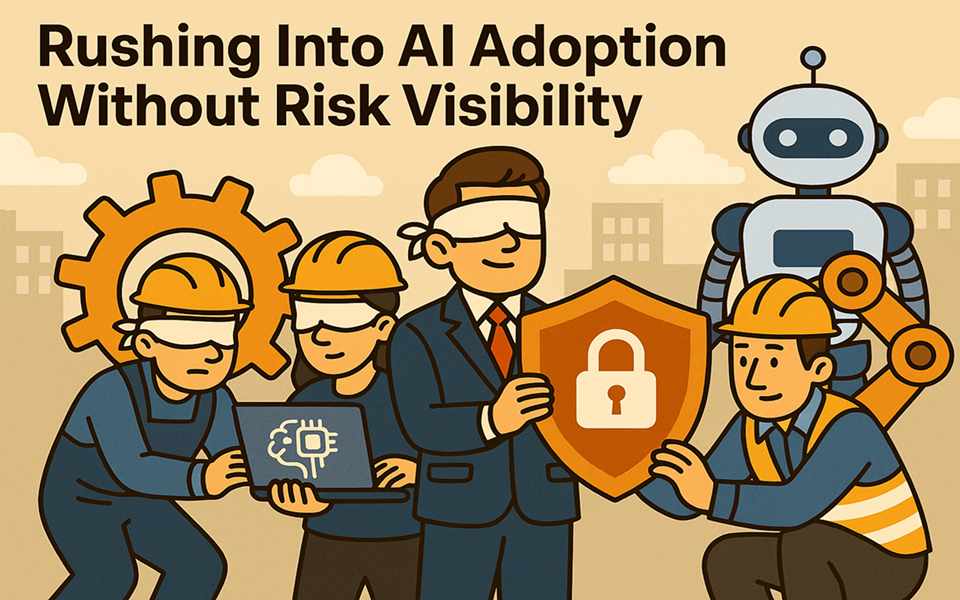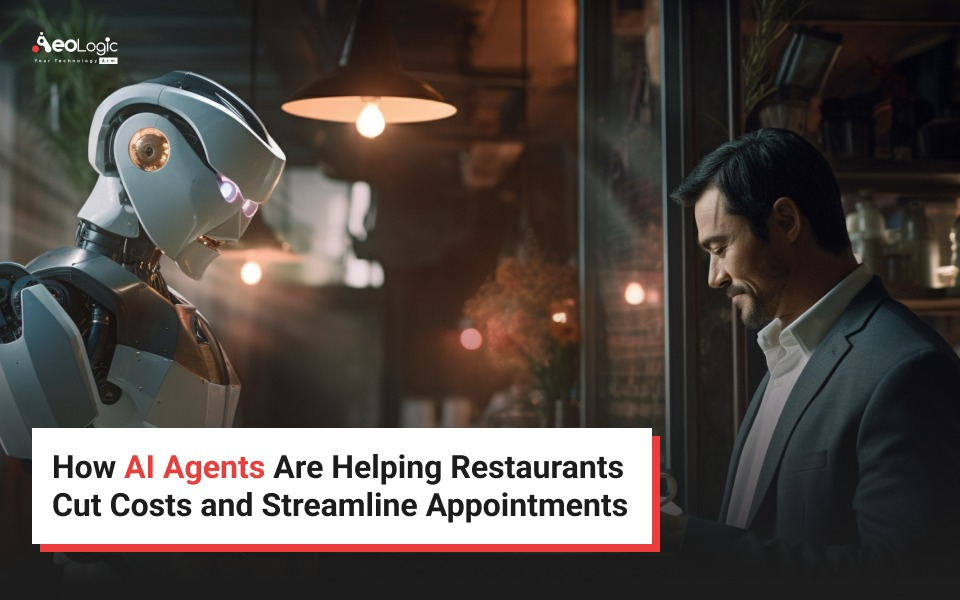
Published in online version of Business World
Key drivers of driverless vehicles
New technologies are constantly emerging but may take years or even decades to mature. And then comes a tripping point when they look commercially viable and useful and starts drawing the attention of innovators, investors, general public and government. One such technology ready to steal the limelight is of driverless vehicles. Such vehicles are also referred to as self-driving, autonomous or unmanned vehicles. There is a difference in meaning of the words, unmanned and driverless for in certain cases vehicles may still need intervention of human beings though they do not need any drivers. However, the key point is evolution of vehicles where humans are not needed in driver’s seat.
The vehicles where these developments are concentrated are cars, buses and trucks, trains, aeroplanes and drones. Some of these can be driven without drivers even now but current paradigm refers to vehicles which are far superior in intelligence and can take decisions of their own after reading the traffic scenarios. These cases threaten to take away the role of a driver, a role spawned by Industrial Revolution. This is happening due to advances in Artificial Intelligence and related fields e.g. machine learning, pattern recognition and natural language processing. Advances in Artificial Intelligence is fueling the growth of robotics which can dwarf another ubiquitous job generated by Industrial Revolution, i.e. of an industrial worker.
Existing technologies
Short distance trains
Short distance driverless trains are found across the globe mostly in urban areas. As per Observatory of Automated Metros, a permanent UITP (The International Association of Public Transport) body, as of July 2016, there are 53 fully automated metro lines in 36 cities around the world, operating in total 789 km.
The biggest advantage of such systems is that they increase network efficiency allowing more trains on the track per unit time. The trains can travel at optimal speeds thus saving fuel and reducing wear and tear. Reduction in manpower brings cost reduction though this is a relatively minor factor. Such systems are getting replicated across the globe. The same report from Observatory of Automated Metros predicts that by 2025, automated metro lines are expected to total over 2,200 km.
Short distance driverless trains are controlled by a central control system which may be manned by human beings, the trains themselves do not carry much intelligence. The tracks have network of controllers and sensors which feed into the central control systems. They come with varying degrees of Automation and there is a system of grading the Automation. Two main cases being when trains are completely unmanned and other being when an onboarded person does the important task of closing the doors and is available to handle emergency situations.
Unmanned Aerial Vehicles
They are commonly known as drones, but they have other names e.g. RPAS (Remotely Piloted Aerial Systems), remotely piloted aerial vehicle (RPAV), etc. They are an example of a technology that was initially developed for military purposes and later on adopted for civilian use.
In military they are used for surveillance, reconnaissance, logistics, combat and for testing etc Their civilian use includes delivery of items, policing, crop surveillance, construction surveillance, collecting information for journalism, search and rescue, disaster relief etc. And the list continues to grow.
The biggest benefit of using drones in military is that life of the pilot is not at risk. They are used for civilian destinations to minimize shipping times, overhead costs, and dangerous driving conditions. Teal Group an industry expert in drone fore-casting forecasts that non-military drones production will soar from $2.6 billion worldwide in 2016 to $10.9 billion in 2025, a 15.4% compound annual growth rate in constant dollars. The group predicts that in decade overall production would $93 billion with civilian drones accounting for $65 billion.
Most drones as of now are not fully autonomous. They are controlled by a ground based control centre to which they may connect with a satellite link or radio waves. The control centre varies depending upon the use and autonomy of the drone. Drone could be controlled by trained combat pilots or programmers. The surveillance data is sent to satellites from which it is received by the ground forces to form the attack strategies and vulnerable areas in the enemy’s camp. The less sophisticated ones can also be controlled by an application on Laptop or Smartphone connected by radio waves. Drones can carry the intelligence to control their speed, can hover, take off and descend. Commercial drones which are fully autonomous have started appearing recently and research is focused on making the control centre free of humans.
Emerging technologies
The research continues to make vehicles autonomous so that they can take decisions based on a specific situation rather than controlled by humans. As mentioned earlier, the key driver is use of Artificial Intelligence since all traffic scenarios are not and cannot be preprogrammed. The vehicle learns as it drives. The business and technical case for these technologies is stronger in developed countries and they will be adopted in developed countries first. They will succeed where manpower costs are high, road conditions are good, traffic rules are followed etc.
Cars
Driverless cars occupy the biggest media space when it comes to driverless vehicles. In developed countries, on average there is 1 car for every 2 citizens and hence the impact of driverless driving would be very significant and more than that of any other vehicle. Driven by advances in Artificial Intelligence, cars would eventually be completely autonomous.
Driverless cars would reduce operating costs as cost of driver would be eliminated. They would drive at optimal speed implying fuel efficiency and less wear and tear and less CO2 emission. As per US Environment Protection Agency road transport contributed to 27% of all CO2 emission in 2013. They are expected to have reduced number of accidents and be able to increase road utilization for they can travel closer than humans. As per WHO there were 1.25 millions road accidental deaths worldwide in 2013 and majority of them were due to human error. They can make car riding possible for old, disabled and people without driving licenses. They will benefit the app based taxi companies even more as the operating cost of driverless taxi would be comparable to the operating cost of self-owned car. This can reduce the incentive to own a car and the number of cars of the road. This has major financial impact and is application only to driverless cars and not to other driverless vehicles. This is another reason why cars are hogging more limelight than other vehicles. It will also reduce the requirements of parking spaces. However due to uncertainties is the mode of adoption, the perceived benefits of driverless cars are difficult to quantify.
However, they would eliminate the job of a driver causing serious disruptions unless suitable employment avenues are found for these drivers. Car manufacturing companies would see less demands for cars in general and driver driven in particular. Pedestrians and other passengers on the road will feel uncomfortable with such a car nearby. Insurance companies would need to rewrite risk assessment models for such cars. They could be used as proxy for suicide bombing by terrorists.
Demonstrations and tests are in progress the globe for such cars. One of their objectives is to change public and government opinions. Companies want to increase their acceptability with general public and want government to put a regulatory structure to allow public to use such cars. These two issues impact other use of other driverless vehicles besides cars. However sensing their commercial potential, almost all key car manufacturers and other companies e.g. Google, Baidu, Uber etc. iare nvesting in these. Google being the leader as its cars have driven more than 1.5 million miles and hence have “learnt” that much. However tests are in controlled conditions with low speeds, often a driver sitting to take charge in case of emergency, in ideal weather with little rain or snow and with less onerous real life conditions. Besides these cars need detailed maps which are in the process of being created. These cars would be commercially available in the next 5 years but it will more time before they become the norm.
Buses and trucks
Driverless buses are similar to driverless cars with some differences. They have an additional constraint as compared to driverless car as the overall interaction of passengers’ with system would be more. This implies that buses who can understand human languages will be more acceptable. That brings into play the use of natural language processing. Similarly, the need to bus to stop at various bus stops, some of which could be optional stop adds to the complexity of the scenarios. One issue is that bus is used purely for commercial purposes and the impact on all drivers would be in terms of jobs. Biggest issue is safety as in case of an unfortunate event, the losses in terms of human life and injuries would be more. Buses are undergoing trials in various cities in USA, Europe and Asia with slow speeds and test areas limited to city boundaries. This implies that commercial driverless buses will initially serve passengers who want to travel within a city and the ones that cater to intercity travel will appear later.
The case of driverless truck is better than that of a driverless bus and a car and these will be the first driverless vehicle to be made available commercially. They have more financial impact as truck driving is often long distance and interrupted by regulation on driving hours and human fatigue. Driverless trucks can drive continuously. They do not carry passengers and that removes problems with passengers’ inhibition. However here disruption will not be limited to drivers’ jobs alone but also on eateries, hotels etc that drivers need while working for long hours. In an important demonstration in Europe in Apr 2016, Six convoys of semi-automated trucks arrived in Rotterdam’s harbor with self-driving trucks leaving factories from as far away as Sweden and southern Germany. This is still semi-autonomous as there were drivers on board. Rio Tinto is already running driverless trucks at its mines at Pilbara, Western Australia which drive for 24 hrs, 365 day a week. They are not exactly autonomous as they are controlled by control centre at Perth. But this reflects that industry wants to quickly move forward on this path. These trucks would be commercially available in the next 5 years.
On the possible impact on jobs, as per Federal Motor Carrier Safety Administration’s (FMCSA) 2015 Pocket Guide to Large Truck and Bus Statistics, the number of commercial drivers in USA was 5.7 million in 2014.
Long distance trains
Driverless long distance trains are not an extrapolation of short distance trains since that would need overlaying the path with controllers and sensors which is cost prohibitive. Hence technologies need to develop that put the intelligence in the locomotive. One additional constraint as compared to driverless cars is that stopping distance in case of trains is much larger and hence the sensing of an obstacle has to happen earlier. Trains also face resistance from trade unions and they are strongly regulated.
The advantages of driverless long distance trains are same as that of short distance trains.
Companies e.g. Deutsche Bahn in Germany, Rio Tinto in Australia etc. are experimenting on making trains autonomous. For the latter the case is easier since being a mining company it is more interested in cargo than passengers. Commercial driverless trains will appear after driverless cars hit the streets, possibly in the next 10 years and cargo based trains will appear earlier than those carrying passengers.
Aeroplanes
Aerospace industry has been undergoing automation since long and has been reducing the number of pilots at cockpit. The number of pilots has been reduced to 2 from 5. Much of the flight besides take off and landing is flown in auto pilot mode where computer does the navigation based on its sensors while a pilot merely monitors it. The second pilot helps in monitoring and steps in when say the first pilot has a medical emergency. Autopiloting ensures better use of air space as planes are fly closer vertically. The biggest hurdle in driverless aeroplanes would be reluctance of the passengers to board such an aircraft. One related issue is that accident in aeroplanes would imply many deaths and there are examples where pilot’s intelligence has steered an aeroplane out of emergency.
The advantage of driverless aeroplanes is the cost of pilots which is significant percentage of the operating costs, in an industry where margins are thin.
More likely, the next step would be to reduce the number of pilots in the cockpit to 1 and have a common ground based co-pilot managing multiple flights. The ground based person can take over in case of emergency and focus on the flight that needs attention. Also commercial cargo based semi-autonomous aeroplanes will make their appearance earlier than the ones that carry passenger. Commercial fully autonomous aeroplanes will take decades to become reality and will appear after cars, buses, trucks and trains.
Conclusion
Driverless vehicles is the next technology ready to create disruption and advancement of mankind. However its widespread use may take decades. Till then the humble driver who has been driving the modern industrial society for years will continue to bear the burden.



































